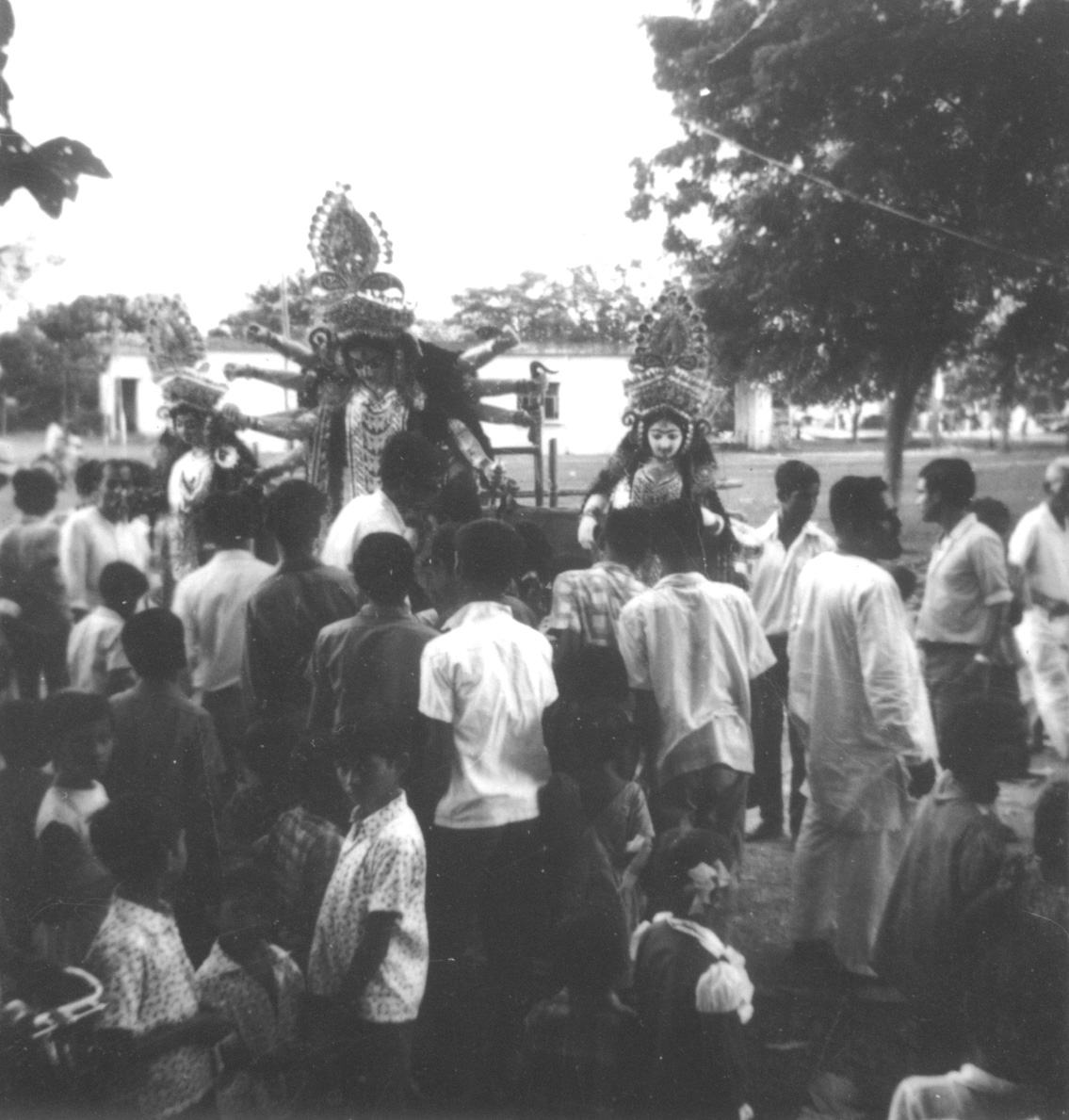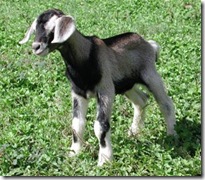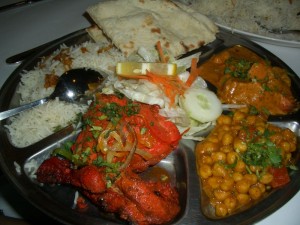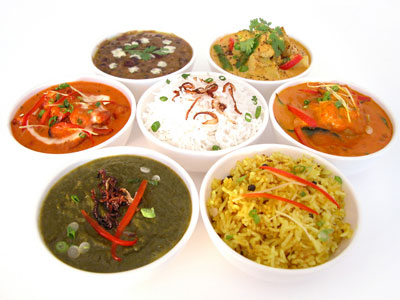 Few minutes ago an old friend of mine called to wish me for the upcoming Durga Puja festivals. He said, “It’s Mahasasthi in Kolkata today!” I wished him back, but it occurred to me that it’s Mahasashti everywhere, not only in Kolkata. When I reminded him, he laughed and said, “Yes indeed. But our Sasthi starts on coming Friday!” And he is absolutely right. Our Pujo in New Jersey (I am referring to the Kallol Durga Pujo which we both attend), starts on October 15th, Friday evening and that’s our Mahasasthi. The thought does give me some consolation that Pujo is yet to start and we have few more days to look forward too. But my friends and family in Kolkata have started enjoying their Pujo. They have started posting photos of their favorite idols on Facebook and Orkut, sending Pujo greetings through emails and expressing their joy and merriment. ETV Bangla is taking us through the streets of Kolkata and the online newspapers and magazines giving us day by day commentary of the Pujo happenings. And we cannot deny that this does cause a bit of a tinge in our hearts. Continue reading
Few minutes ago an old friend of mine called to wish me for the upcoming Durga Puja festivals. He said, “It’s Mahasasthi in Kolkata today!” I wished him back, but it occurred to me that it’s Mahasashti everywhere, not only in Kolkata. When I reminded him, he laughed and said, “Yes indeed. But our Sasthi starts on coming Friday!” And he is absolutely right. Our Pujo in New Jersey (I am referring to the Kallol Durga Pujo which we both attend), starts on October 15th, Friday evening and that’s our Mahasasthi. The thought does give me some consolation that Pujo is yet to start and we have few more days to look forward too. But my friends and family in Kolkata have started enjoying their Pujo. They have started posting photos of their favorite idols on Facebook and Orkut, sending Pujo greetings through emails and expressing their joy and merriment. ETV Bangla is taking us through the streets of Kolkata and the online newspapers and magazines giving us day by day commentary of the Pujo happenings. And we cannot deny that this does cause a bit of a tinge in our hearts. Continue reading
Tag Archives: food
Goat and the Bengali Intelligentsia
 The intelligentsia (as defined by Wikipedia) is a social class of people engaged in complex mental and creative labor directed to the development and dissemination of culture, encompassing intellectuals and social groups close to them. You can very well attribute this term to the Bengali society who fits this definition quite well. But what does a timid and herbivorous (although Bengalis think goats to be omnivorous – chhagole ki na khay) mammal like goat got to do with this elite group of people? The answer to this is well known to all of us – Bengalis love goat meat. Although in other parts of the World, goat milk and milk products (cheese) are also extremely popular, but we the Bengalis don’t care much about the milk. It is the meat that is most important to us – the ultimate food in any Bengali plate. Historically, goat meat is the only kind of meat that Bengalis (especially the Hindu Bengalis) ate. Goats were the most popular offerings to Goddess Kali and Durga – and the meat then cooked in a recipe void of any garlic or onions and hence termed as “vegetarian meat”.
The intelligentsia (as defined by Wikipedia) is a social class of people engaged in complex mental and creative labor directed to the development and dissemination of culture, encompassing intellectuals and social groups close to them. You can very well attribute this term to the Bengali society who fits this definition quite well. But what does a timid and herbivorous (although Bengalis think goats to be omnivorous – chhagole ki na khay) mammal like goat got to do with this elite group of people? The answer to this is well known to all of us – Bengalis love goat meat. Although in other parts of the World, goat milk and milk products (cheese) are also extremely popular, but we the Bengalis don’t care much about the milk. It is the meat that is most important to us – the ultimate food in any Bengali plate. Historically, goat meat is the only kind of meat that Bengalis (especially the Hindu Bengalis) ate. Goats were the most popular offerings to Goddess Kali and Durga – and the meat then cooked in a recipe void of any garlic or onions and hence termed as “vegetarian meat”.
Indian Food and Nutrition
 All around us we find tons of books, websites, and other information about food and nutrition. What we should eat and what not, what foods to avoid for diabetes, what foods to eat to lower cholesterol and what foods to avoid for weight loss. Zillions of nutritionists, dietitians, physicians, nurses, body builders and quacks have made millions writing such books. Most of these books, however, cater to the western food habits. Their meal suggestions, recipes and nutritional information cover only the kind of diet that we Indians hardly eat in our daily lives. Some diet books lightly touch upon some of the Indian foods but they are severely limited to the typical north Indian recipes like tandoori chicken or chicken tikka masala. But if you are a Bengali, then CTM (as they call chicken tikka masala in UK) appears rarely on our diet. We would be interested in knowing whether chhaanar dalna is a healthier meal than shorshe ilish.
All around us we find tons of books, websites, and other information about food and nutrition. What we should eat and what not, what foods to avoid for diabetes, what foods to eat to lower cholesterol and what foods to avoid for weight loss. Zillions of nutritionists, dietitians, physicians, nurses, body builders and quacks have made millions writing such books. Most of these books, however, cater to the western food habits. Their meal suggestions, recipes and nutritional information cover only the kind of diet that we Indians hardly eat in our daily lives. Some diet books lightly touch upon some of the Indian foods but they are severely limited to the typical north Indian recipes like tandoori chicken or chicken tikka masala. But if you are a Bengali, then CTM (as they call chicken tikka masala in UK) appears rarely on our diet. We would be interested in knowing whether chhaanar dalna is a healthier meal than shorshe ilish.
 Few months ago, a friend of mine forwarded me an e-book (a pdf file) titled “Indian Foods: AAPI’s Guide to Health, Nutrition, and Diabetes”. This book, written by a team of experts appointed by the American Association of Physicians of Indian Origin (AAPI) provides an invaluable guide to the Indians living in America to make some sense of their diet in terms of healthiness. The best part of this book is that it contains chapters pertaining to the regional foods of India. For example, in its chapter on Bengali and Oriya cuisine, the author provides a table (no pun intended) showing a typical Bengali diet and how it can be modified to make it healthier.
Few months ago, a friend of mine forwarded me an e-book (a pdf file) titled “Indian Foods: AAPI’s Guide to Health, Nutrition, and Diabetes”. This book, written by a team of experts appointed by the American Association of Physicians of Indian Origin (AAPI) provides an invaluable guide to the Indians living in America to make some sense of their diet in terms of healthiness. The best part of this book is that it contains chapters pertaining to the regional foods of India. For example, in its chapter on Bengali and Oriya cuisine, the author provides a table (no pun intended) showing a typical Bengali diet and how it can be modified to make it healthier.
I’d like to welcome you all to download this book by clicking on this link. AAPI is distributing this book for free. I thank AAPI for providing this valuable resource.
